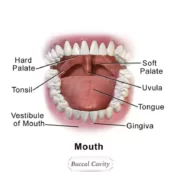Are you trying to decide between clear braces and aligners, two popular alternatives for straightening your teeth? With years of experience under his belt, renowned dentist Dr. Chirag Chamria is here to provide his professional insights to help you make an informed decision. Dr. Chamria mentions that severity of your dental difficulties, lifestyle, and personal preferences, will determine whether you choose clear braces or aligners. He explores the nuances of these options in this post. The blog offers priceless guidance that will help you select the best course of action for your orthodontic journey. If you want to choose between clear braces and aligners in order to get a straighter, more self-assured smile, keep reading as Dr. Chirag Chamria walks you through the process.
Importance of Straightening Smile | Clear Braces
More than merely appearance, a straight, appealing smile is essential to our general dental health. A number of dental problems, such as difficulty cleaning, an increased risk of gum disease and tooth decay, and even jaw pain, can be brought on by misaligned teeth.
Your bite, facial appearance, and self-esteem can all be increased by straightening your teeth. If you’re thinking about getting your teeth straightened, you’ve probably heard of two common solutions: aligners and clear braces.
Both offer a covert substitute for conventional metal braces, enabling you to straighten your teeth without anyone noticing that wires and brackets are there. Let’s examine the benefits and drawbacks of clear braces and aligners in detail so you can make an informed decision.
What are Clear Braces and Aligners?
Clear braces, commonly referred to as ceramic braces, are a variant of classic metal braces with a distinctive twist. With clear braces, ceramic brackets that perfectly match your teeth are used in place of metal ones. For those looking for discreet orthodontic treatment, these less noticeable brackets provide an attractive alternative. In order to move your teeth into the appropriate positions, gently press on the clear braces.
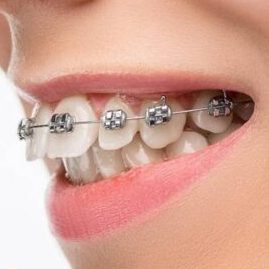
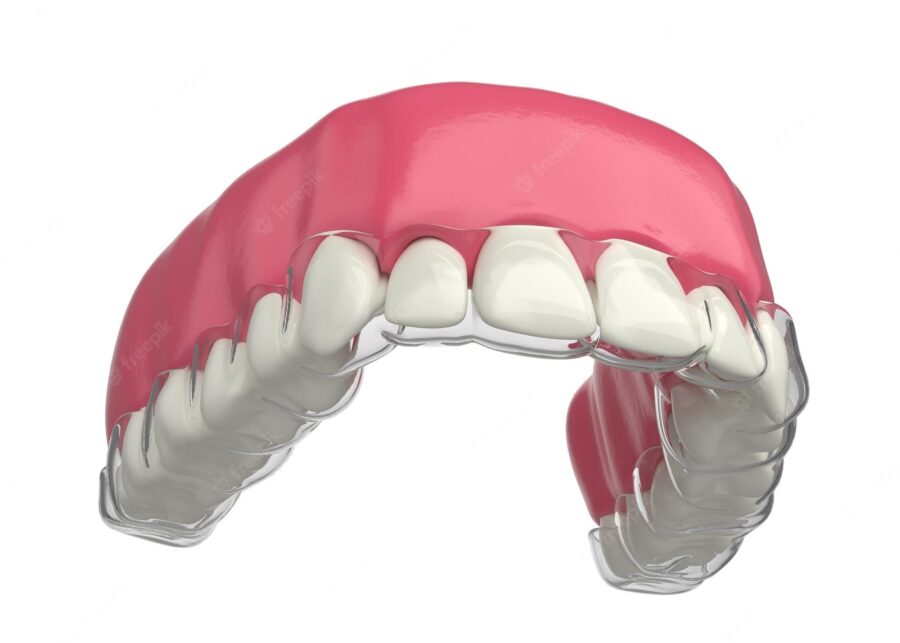
Conversely, aligners are a series of transparent plastic trays that are made to fit over your teeth. These trays are designed to be worn for a fixed amount of time, usually two weeks, after which the next set in the series is worn. Your teeth are progressively moved into appropriate alignment with the use of aligners by gently applying pressure to them.
Clear Braces
Ceramic braces, sometimes referred to as clear braces, are an orthodontic treatment option with a number of benefits and drawbacks. The following are some benefits and drawbacks of clear braces:
| Pros | |
|---|---|
| Comfort | Compared to metal braces, clear braces’ ceramic brackets are usually smoother and less abrasive. They are more comfortable to wear since they irritate the lips, cheeks, and gums less. |
| Durability | Braces made of clear material are stain- and scratch-resistant. Throughout treatment, they keep their translucency because the ceramic material is durable and unlikely to fade. |
| Effective | For addressing a variety of orthodontic conditions, including crowding, overbites, underbites, and misaligned teeth, clear braces are equally as successful as metal braces. |
| Aesthetics | When compared to conventional metal braces, clear braces are less obvious. They are a more covert choice because they blend in with your teeth, which can be especially alluring to adults and teenagers who are self-conscious about their appearance while undergoing orthodontic treatment. |
| Cons | |
|---|---|
| Fragility | Compared to metal braces, ceramic braces may be more brittle. Despite their durability, if they are subjected to severe force or damage, they may be more likely to chip or break. |
| Cost | Compared to conventional metal braces, clear braces are typically more expensive. They are a high-end orthodontic choice due to the components and production method. |
| Staining | Clear braces can still get stained by some foods and drinks, like red wine, coffee, and curry, even if they are less likely to stain than older styles. Preserving their clarity requires refraining from staining materials and practicing good mouth hygiene. |
Aligners
Aligners, like Invisalign, are a well-liked orthodontic treatment choice with a number of benefits and drawbacks. The following are some benefits and drawbacks of aligners:
| Pros | |
|---|---|
| Comfort | Unlike traditional braces, aligners are composed of pleasant, smooth plastic that is less likely to irritate the lips, cheeks, or gums. |
| Customization | Each patient receives a unique pair of aligners, guaranteeing a good fit and efficient therapy. Their purpose is to progressively move teeth into the appropriate places. |
| Aesthetics | Aligners are a very discrete orthodontic solution because they are almost unnoticeable when worn. For adults and teenagers who wish to keep their natural smiles throughout therapy, they are an appealing option. |
| Cons | |
|---|---|
| Maintenance | Aligners need to be cleaned and maintained on a regular basis. If you don’t keep them clean, your teeth may get stained, smell bad, and have a less hygienic environment. |
| Cost | The cost of aligner therapy may be higher than that of standard metal braces, though this may depend on the location and details of the individual treatment plan. |
| Compliance | Aligners need to be worn for 20–22 hours per day in order to be successful. For those who have trouble adhering to treatment plans, neglecting to wear them can impede or even delay the course of treatment. |
Factors to Consider: Between Clear Braces & Aligners
Considerations for choosing transparent braces over aligners should include a number of aspects.
One of the most important things to think about is how serious your dental problems are. Clear braces are typically more suited for complicated cases requiring a lot of movement and control.
Clear braces might be a better choice for you if you have severe crowding or biting issues.
However, aligners might be a good option if your dental problems are minor to moderate. When it comes to correcting small biting difficulties, mild crowding, and minor spacing concerns, aligners are quite helpful.
Based on your unique situation, an orthodontist will evaluate your needs and provide recommendations for you.
Dr. Chirag Chamria’s Opinion on Clear Braces
As a well-known dentist with years of experience, Dr. Chirag Chamria thinks that people who value appearance and seek a more covert orthodontic treatment may find that clear braces are a great option. Clear braces are successful in addressing a variety of dental disorders because they provide the same amount of control and precision as traditional braces, according to Dr. Chamria.
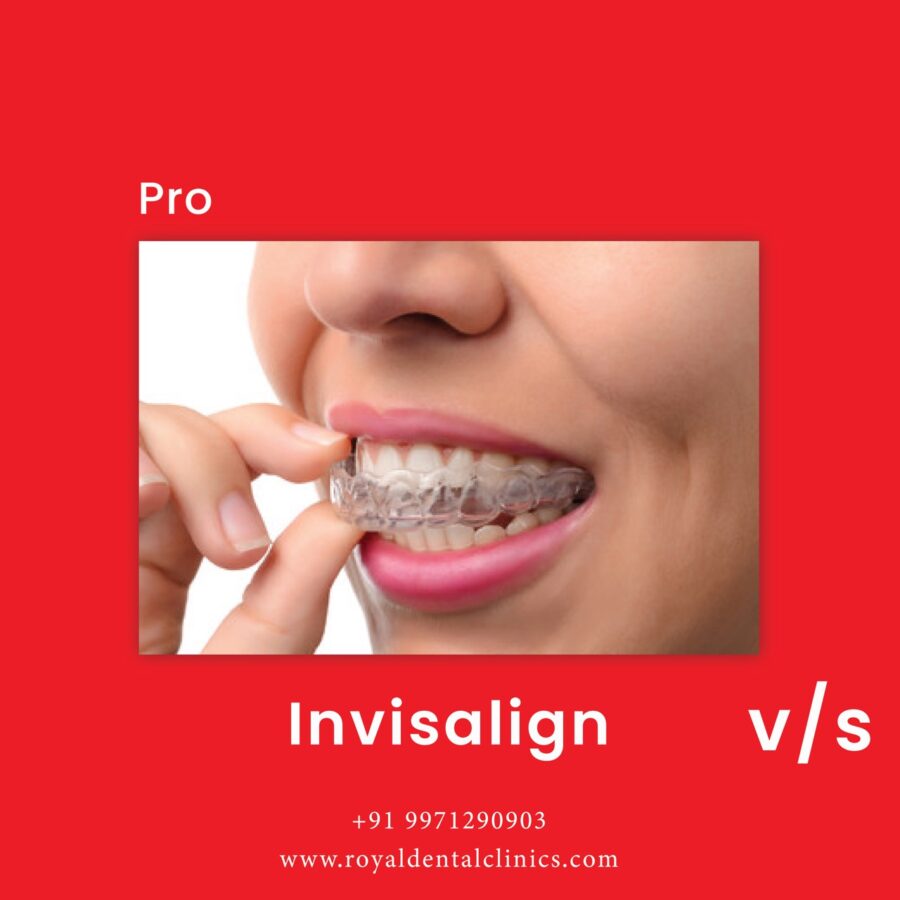
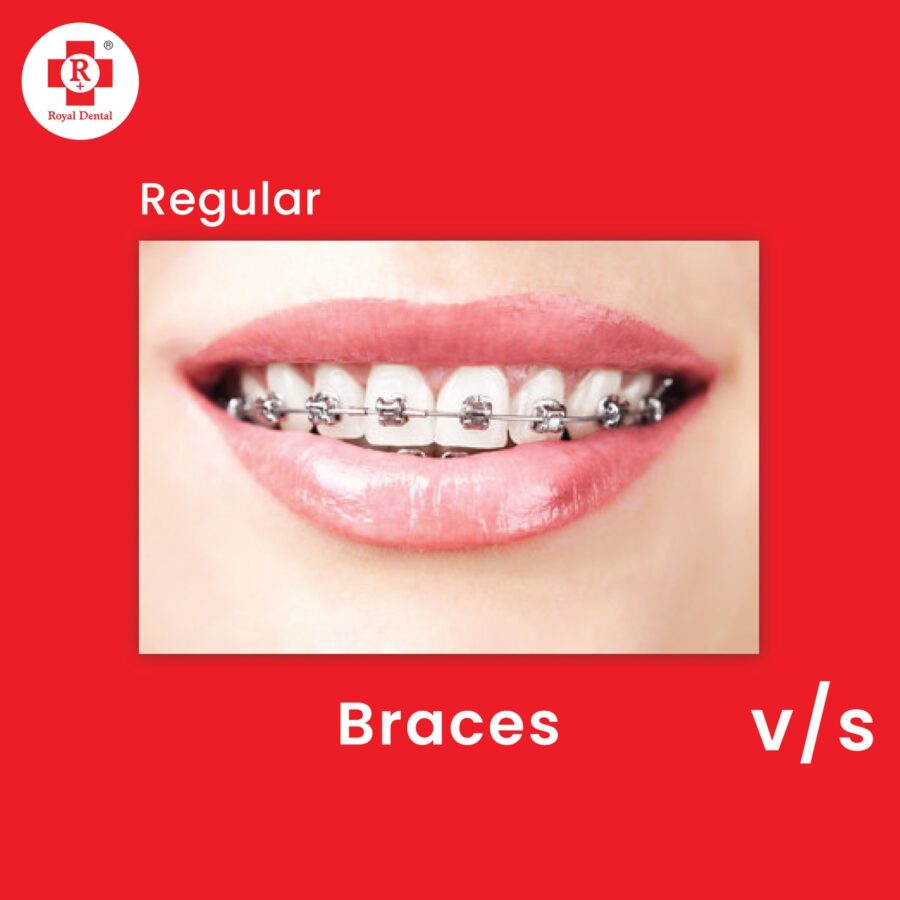
When thinking about clear braces, Dr. Chamria stresses the value of open communication between the patient and the orthodontist. It’s critical to have reasonable expectations and be aware of any potential drawbacks, such as the possibility of staining, when wearing clear braces. Patients should avoid meals and beverages that can discolor teeth and adhere to the prescribed oral hygiene routines, according to Dr. Chamria’s advice.
Dr. Chamria’s Expert Opinion on Aligners
In regards to aligners, Dr. Chamria thinks they’re a great choice for people with minor to severe dental problems. Dr. Chamria claims that one benefit of aligners is their detachability, which makes eating, drinking, and taking care of oral hygiene easier. In order to achieve the best outcomes, he stresses the significance of compliance and counsels patients to wear aligners for the prescribed period of time each day.
Additionally, Dr. Chamria emphasizes the use of technology in aligner therapy. Throughout the course of therapy, orthodontists can plan and envision how your teeth will move, thanks to sophisticated computerized equipment and software. With this degree of accuracy and consistency, orthodontists can design personalized treatment programs and provide patients with a clear idea of what to expect from their treatments.
Conclusion
The decision between clear braces and aligners in the pursuit of a confident smile ultimately comes down to your individual circumstances. While aligners offer unparalleled invisibility and ease, clear braces offer understated durability. To find out which choice best fits your needs for orthodontics and lifestyle, speak with Dr. Chamria. You can achieve the smile you want with either clear braces or aligners, so decide which option feels best for you. The first step towards achieving a straighter, brighter smile is to choose the one that best suits your individual needs and preferences.



